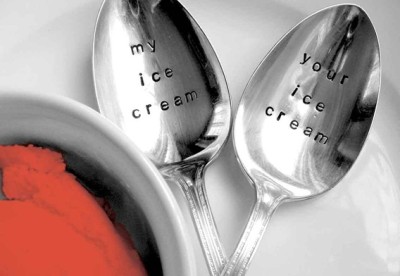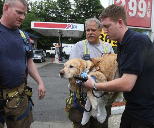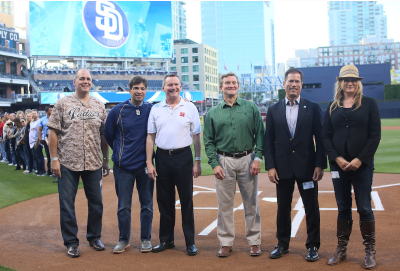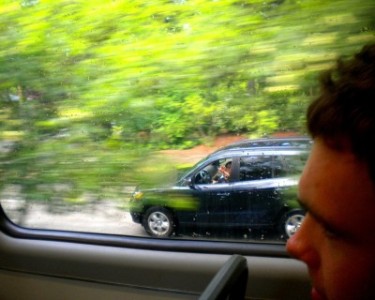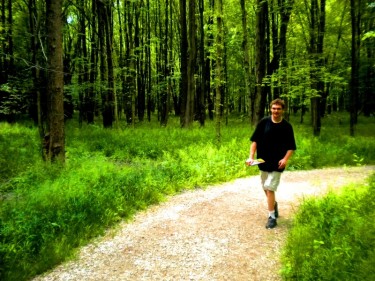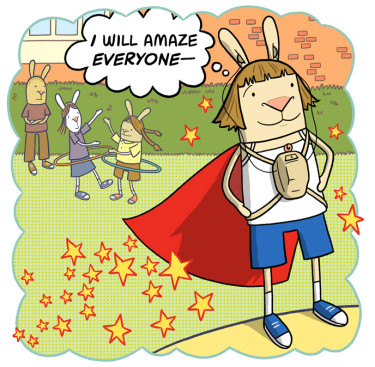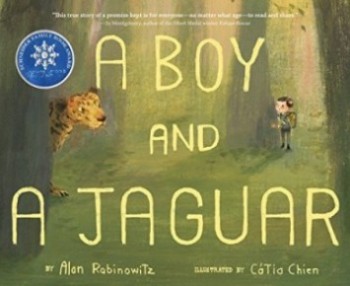by Jackie Orihill
It’s my pleasure to introduce David Royko, PsyD, as a guest blogger to talk about fatherhood and his 22-year-old son Ben, who has Autism Spectrum Disorder. Visit David’s personal blog to learn more about his family and books, including The Chronicles of Ben: Adventures in Autism as well as Royko in Love.
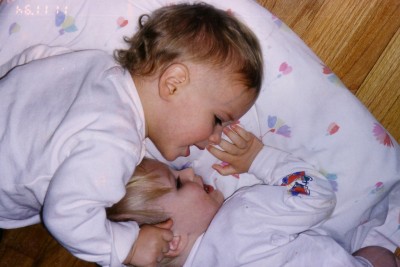
Babies Ben (left) and Jake
Fact 1: Nothing changes a guy’s life like fatherhood.
Fact 2: Nothing changes fatherhood like autism.
To be clear from the outset, when I refer to autism, I mean the classic, severe disorder that negatively and profoundly impacts the person for their entire lifespan. That is our son Ben’s reality. I am not referring, necessarily, to higher-functioning individuals who live with, for example, Asperger’s. Many, unlike Ben, can speak eloquently – or otherwise communicate – about autism and what it is for them, often not seen as a disorder at all, but a difference. I am writing only about what it has meant for Ben and for us.
Rocking newborn Ben or his twin Jake as they fussed at 3:00am, almost 22 years ago, I was sleepless, sweaty (it was a hot summer), exhausted, and getting to know the local cop’s overnight schedule patrolling the neighborhood.
Late night feedings are just one of countless little and big parental tasks and challenges – arduous, annoying, mundane, stressful, surprising, and required. They’re ploughed through with eyes (and ears and nostrils) focused beyond. A potentially wonderful, or at least decent and reasonably happy future awaits, we hope — for them and, unconsciously at least, for us too, Mom and Dad, with dreams for them and joy from sharing them for the rest of our lives.
One of those long nights, a favorite symphony of mine came on the radio as I held Ben, and in my drowsy, half-dreamy state, I pictured him growing into a conductor, the top spot in the classical music world, except for being a composer. So I envisioned him as the composer and the conductor. Then I imagined him simply getting to know and love this symphony, of my sharing this with him, discussing it with him, attending concerts with him.
OK, time for some of those changes.
Forget about Ben being a conductor. Or composer.
Forget about Ben talking about music beyond a word or two.
And forget about sitting with Ben in Orchestra Hall with the Mahler 3rd blazing.
But there’s good stuff.
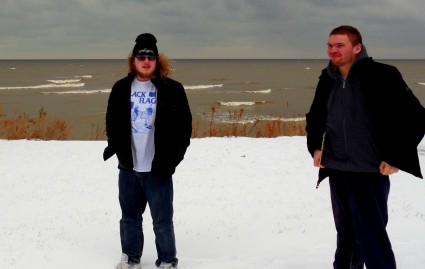
Jake and Ben, December 2013 (photo credit: David Royko)
Ben is a musically perceptive guy, and he has strong preferences and loves. Even buried under his autism, with only little geysers of musical awareness bubbling up, we know for example, based on requests, he likes horns and brass, mandolins, violins, Schubert piano music, and Rafi (oh well). Overall, the guy has fine taste.
Our listening is done in the car, where he reads the stereo panel’s display to see what’s being played. Sometimes it’s clear, but he often comes up with his own “interpretations” of what he reads.
Like “Freight Train.” We figured out this means Nickel Creek’s bootleg Freight and Salvage disc, because the display’s limited length only gets as far as “Freight and Sa”.
Then there’s “Monkey’s Music,” which was Thelonious Monk’s “Monk’s Music.” It wasn’t obvious since Ben also loves monkeys, but it does suggest how strongly he feels about one of Monk’s greatest albums.
And when he spontaneously belts out a chorus of something-or-other at the top of his lungs while loping through Target, it’s always in tune.
So Ben’s definitely musical. And I am deeply thankful for that.
The parental task and challenge for me – arduous, and required, maybe especially on Fathers Day, is to avoid thinking about what his musicality would mean without the shackles of autism.
But if I have a philosophy of life, it’s that life is a re-frame. If the glass is half-empty, find a different glass.
Ben’s aptitude for appreciating and loving music will never put him on a podium in front of an orchestra or behind a drum set driving a band (like his dad’s younger days). Or even sitting at a gig, listening.
Those are “what if”s.
What IS, for Ben, is the pure joy he gets from music. The grin that appears when a favorite tune begins on the stereo, or a request for a certain disc is fulfilled, or a favorite ditty is sung to him, or a favorite ditty is sung BY him in McDonald’s at fortissimo…
There has never been a composer, conductor, drummer or songbird who loves music more than Ben.
That makes my own heart sing. And even without the card, there is no better gift on Fathers Day.










